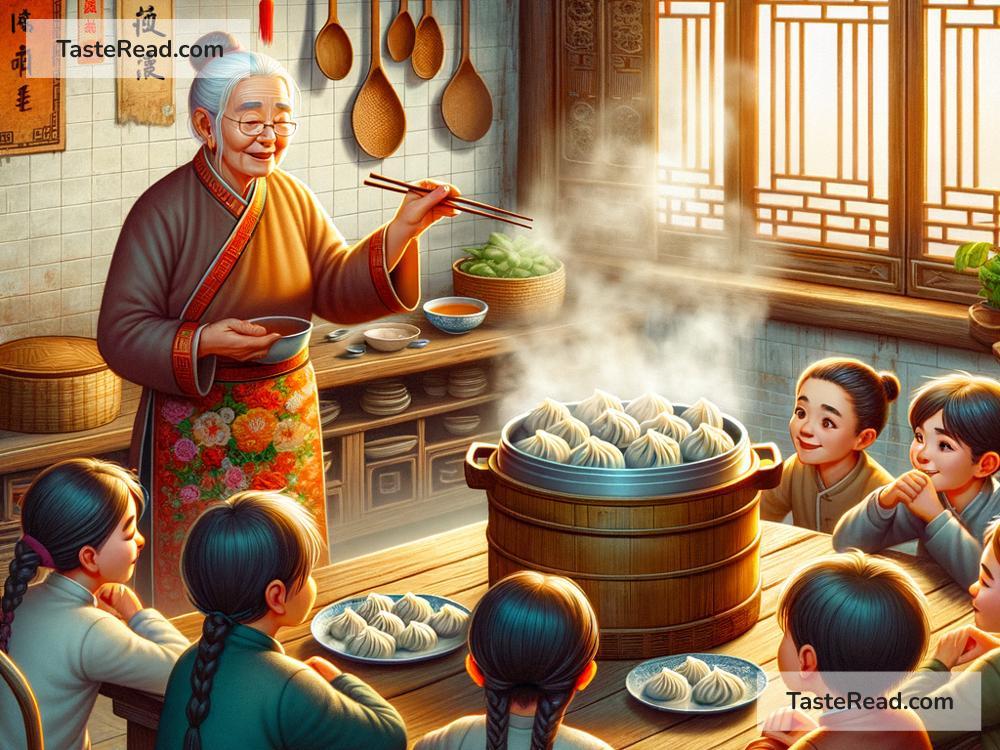Origins of the First Dumpling in Ancient Tales
Dumplings are a beloved food enjoyed by people all over the world. Whether boiled, steamed, fried, or baked, these delicious pockets of dough filled with various ingredients are found in many cultures. But have you ever wondered where dumplings first came from? The story of the dumpling is as fascinating as its flavors, rooted in ancient tales and traditions passed down through generations. Let’s dive into the origins of the first dumpling and how it captured the hearts of people everywhere.
What Are Dumplings?
Before we explore the origins, let’s define what a dumpling is. A dumpling is made by wrapping dough around a filling, which can include meat, vegetables, cheese, fruits, or even nothing at all. The dough can be made from flour, potato, or other starchy ingredients, and the cooking method varies across regions. Dumplings are incredibly versatile, served hot or cold, savory or sweet.
The concept of wrapping or combining fillings with dough might seem simple, but it has traveled through time and across continents, taking on different forms and flavors in each culture.
A Chinese Legend: Doctor Zhang Zhongjing and the First Dumpling
One of the most well-known tales about the origin of dumplings comes from China. The story goes back over 1,800 years, to the Eastern Han Dynasty (around 200 AD). During this time, there lived a kind and wise doctor named Zhang Zhongjing, who was known for his medical skills and compassion for others. He is often referred to as the “Medicine Saint” in Chinese history.
According to legend, one particularly harsh winter brought illness and hunger to Zhang Zhongjing’s hometown in Henan Province. Many people were suffering from frostbite, especially on their ears, due to the bitter cold and lack of food. Seeing this, Zhang wanted to help. He noticed that people needed both nourishment and warmth to recover. So, he came up with an ingenious idea.
Zhang mixed minced meat and herbs—ingredients known to boost health—together and wrapped them in small pieces of dough. He shaped the dumplings like tiny ears, inspired by the frostbitten ears he wished to heal. These little dumplings were boiled and served in a warm broth. The soup and dumplings not only provided warmth and nutrition but also helped treat frostbite.
Zhang’s creation worked, and it became popular among the local villagers. Many continued to make dumplings in the years that followed, passing the recipe and shaping tradition down through generations. Over time, his “ear-shaped food” became known as “jiaozi,” which is still one of China’s most famous dumpling dishes today.
Dumplings Across Cultures
While the story of Zhang Zhongjing is often credited with the origins of dumplings, it’s important to remember that dumplings (or similar dishes) have developed independently in different parts of the world. Each culture has its own version of dough and filling combinations, making dumplings truly a global food.
For example, in India, people make modak, a sweet dumpling filled with jaggery and coconut that is especially popular during religious festivals dedicated to Lord Ganesha. Italy is famous for ravioli, where thin pasta dough is wrapped around fillings like cheese or spinach and served with sauce. Eastern European countries have pierogi, while Japan enjoys gyoza and Korea has mandu. All of these dishes share the concept of dough encasing a filling, yet each has its own unique twist.
Interestingly, the idea of dumplings might have come about simply because it was practical. Wrapping meat or vegetables in dough made it easier to cook or carry. The dough also helped stretch limited food supplies during tough times, making dumplings a clever and resourceful invention.
Why Dumplings Are So Popular
Dumplings hold a special place in people’s hearts for many reasons. They are easy to make, require simple ingredients, and can be customized to suit individual tastes. Plus, dumplings are social food. Families often gather during holidays or special occasions to make dumplings together, turning the cooking process into a bonding experience.
In China, dumplings are an essential part of the Lunar New Year celebration. People believe that eating dumplings brings good fortune and wealth because their shape is similar to ancient Chinese gold ingots.
Dumplings also remind us of home and comfort. For centuries, mothers and grandmothers have passed down dumpling recipes to their children, keeping family traditions alive. Whether eaten for a holiday or a casual meal, dumplings carry a sense of warmth and nostalgia.
Conclusion
The origins of dumplings are rooted in ancient tales, especially the story of Zhang Zhongjing, who used his creativity and compassion to help those in need during a difficult winter. Since then, dumplings have spread across the globe, evolving into countless varieties and becoming a cherished food for people everywhere.
While every culture has its own version of dumplings, one thing remains the same: they bring people together, offering comfort, nourishment, and joy. So the next time you enjoy a plate of dumplings, take a moment to appreciate their rich history and the love they carry across centuries, continents, and kitchens worldwide!


